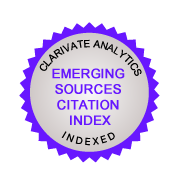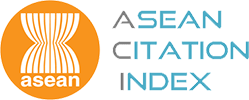“Disadvantage Cycle†In the Less Developed States: Evidence from Malaysia
Abstract
The current regional policy has developed two ‘industrial dispersion’ tools to spearhead the restructuring of economic activities across regions. Although the less developed states have comparative advantages in terms of cheap labour and industrial land, and additional investment incentive, most firms were still located in the more developed states mainly due to the high comparative advantages and economies of scale such as the establishment of manufacturing activities in those areas with easy access to infrastructure, service industries, and large labour and consumer markets. This caused slow TFP growth and the convergence process in the less developed states remain problematic. This is generally due to the economic and demographic ‘disadvantages cycle’ that clearly occurs in the less developed regions. In the long term, policy makers need to think of ways and means to distribute these limited resources and increase the comparative advantage of the less developed states. The discussion in this paper will attempt to explore the degree to which differences in regional manufacturing distribution and concentration have contributed to regional inequality. This study has provided a series of recommendation about how this might be done in order to overcome the problem of long-standing regional inequality in Peninsular Malaysia.
Additional Files
Published
01-06-2006
How to Cite
Golam Hassan, A. A. (2006). “Disadvantage Cycle†In the Less Developed States: Evidence from Malaysia. International Journal of Management Studies, 13(1), 109–143. Retrieved from https://e-journal.uum.edu.my/index.php/ijms/article/view/9239
Issue
Section
Articles












